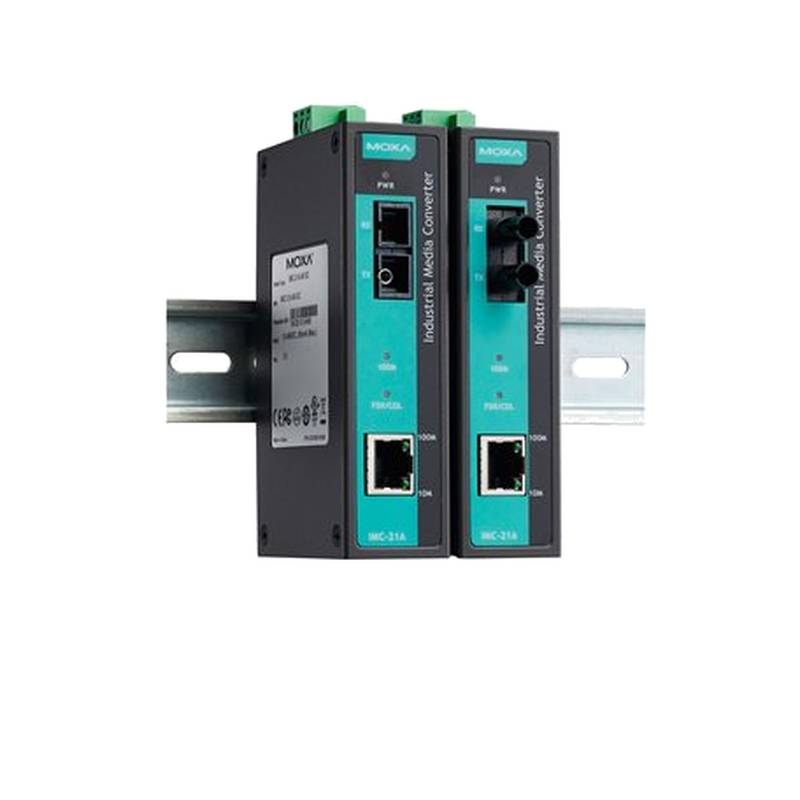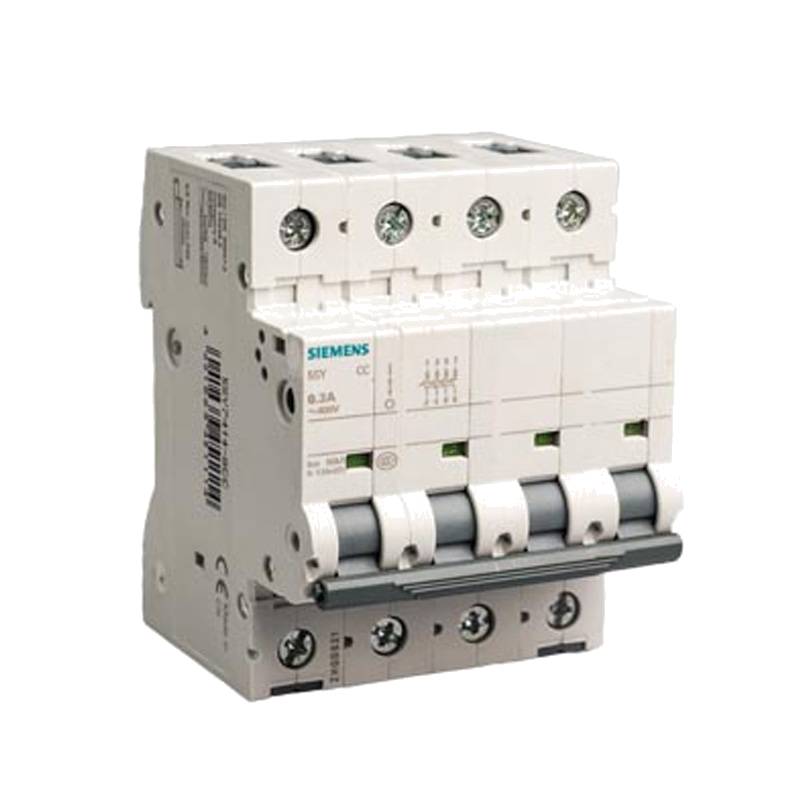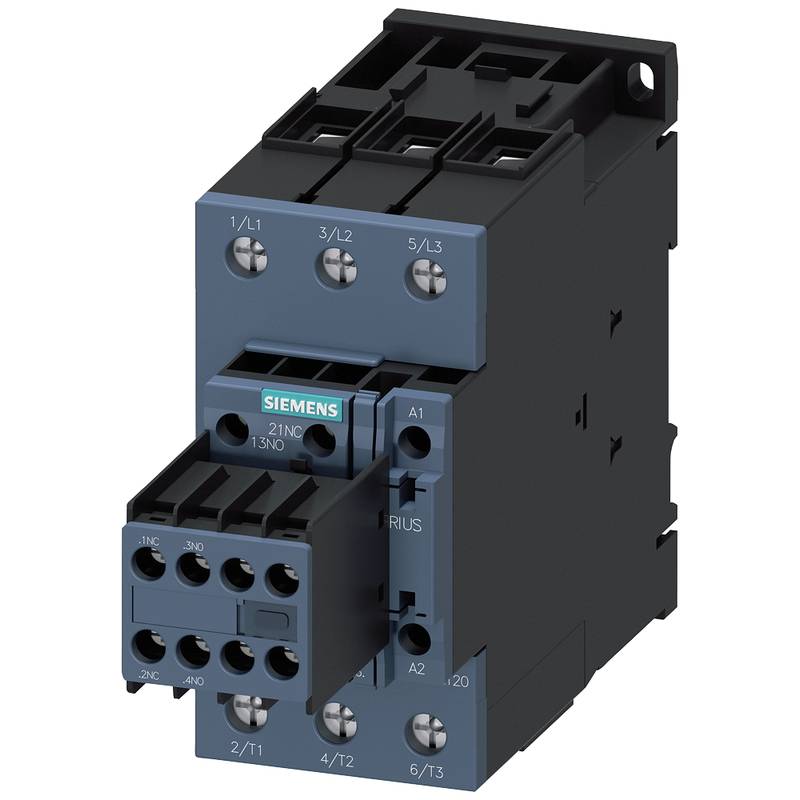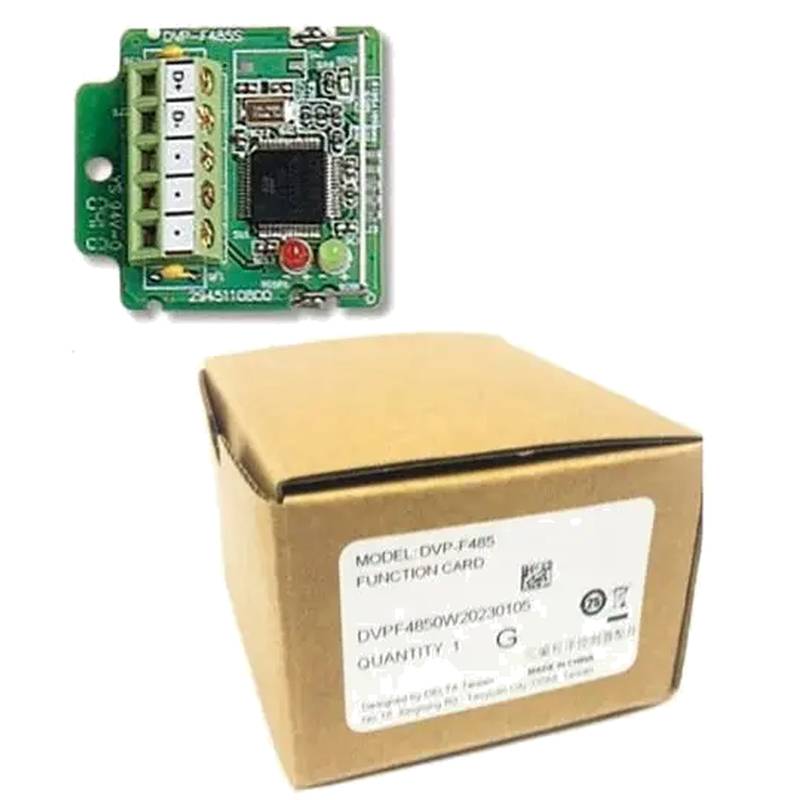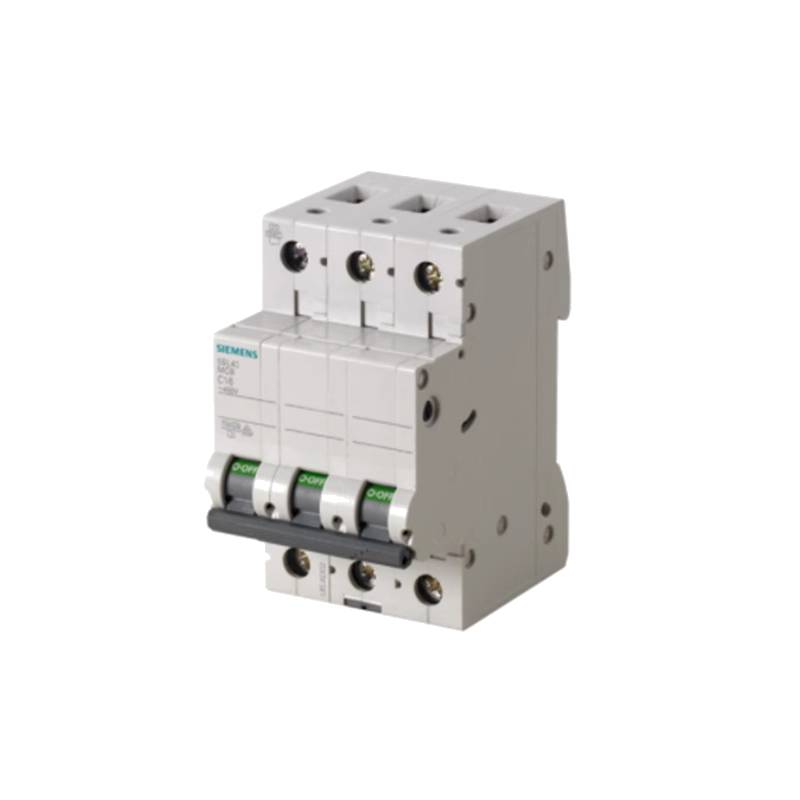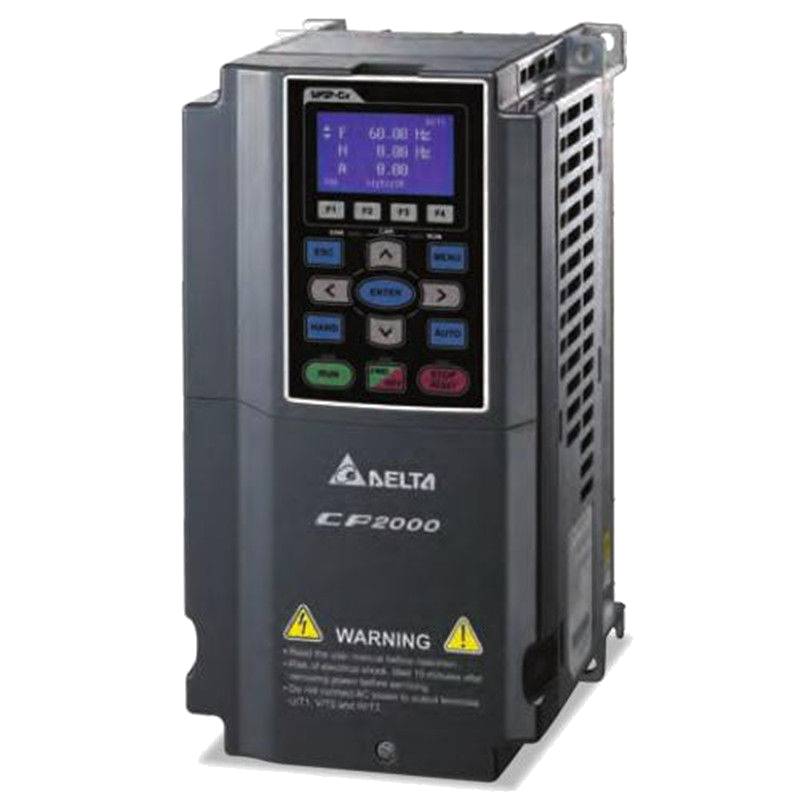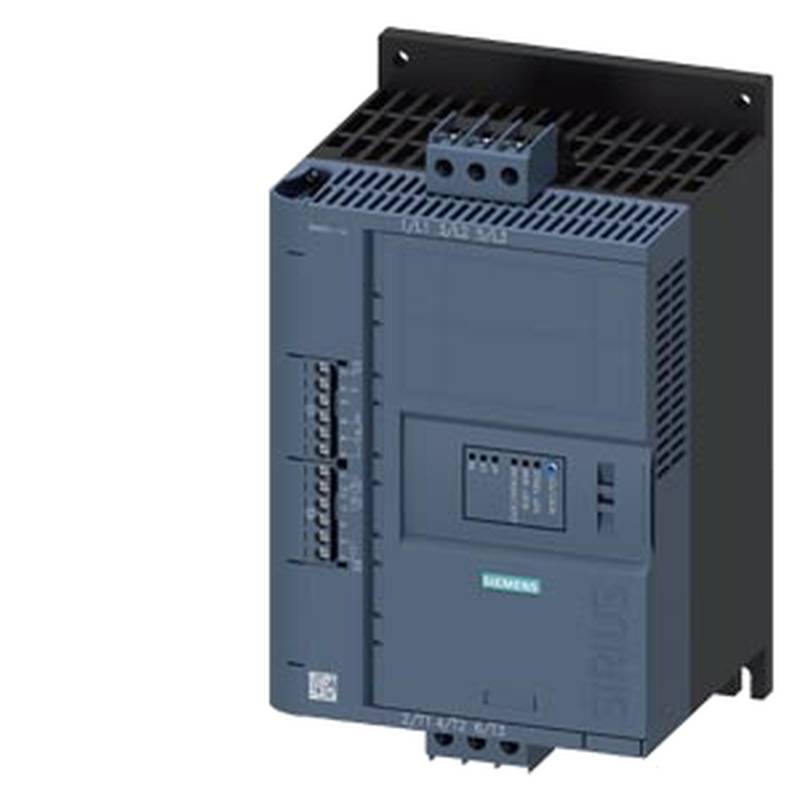
The Moxa IMC-21A-S-SC-T is a high-availability, single-mode fiber media converter engineered for robust industrial network connectivity. This device immediately distinguishes itself with its extended operating temperature range from -40 to 75°C, ensuring reliable performance in harsh environments. Its dual power inputs offer enhanced redundancy, crucial for mission-critical applications. The SC connector type facilitates secure and stable fiber optic connections, while the single-mode fiber support enables long-distance data transmission, making the Moxa IMC-21A-S-SC-T an indispensable component for industrial automation, SCADA systems, and telecommunications infrastructure requiring unwavering uptime and extended reach.
Product Specifications
| Feature | Specification |
| :------------------- | :------------------------------------------ |
| Product | IMC-21A-S-SC-T |
| Converter Type | Media Converter |
| Fiber Type | Single-mode |
| Connector | SC |
| Ports | 1 x 10/100BaseT(X) Ethernet, 1 x 100BaseFX (SC) |
| Power Input | Dual DC power inputs |
| Operating Temperature| -40 to 75°C |
| Mounting | DIN-rail |
| MTBF | Varies by model, consult datasheet |
| Dimensions | Varies by model, consult datasheet |
| Certifications | Industrial, Hazardous Location (e.g., Class 1, Div 2) |
Core Features & Market Positioning
The Moxa IMC-21A-S-SC-T excels in providing reliable, long-distance Ethernet-to-fiber conversion within demanding industrial settings. Its inherent high availability is bolstered by dual power inputs, drastically reducing downtime in the event of a single power source failure. The device's adherence to a wide operating temperature range (-40 to 75°C) positions it as a superior choice over commercial-grade converters for applications exposed to extreme conditions, such as outdoor substations or factory floors with fluctuating temperatures. The single-mode SC connector ensures robust and dependable fiber optic links capable of extending network reach over several kilometers, a critical advantage for distributed industrial control systems.
Key Application Scenarios
This media converter is ideally suited for extending industrial Ethernet networks across significant distances. In power and utility sectors, it facilitates reliable communication between substations and control centers. For transportation, it connects monitoring equipment along railway lines or highways. Manufacturing plants benefit from its ability to bridge communication gaps between isolated automated cells or connect remote sensor networks to the central control system. Its rugged design makes it perfect for oil and gas platforms or mining operations where environmental resilience is paramount.
Practical System Integration Guidance
Integrating the Moxa IMC-21A-S-SC-T is straightforward due to its plug-and-play nature. For the copper Ethernet port, connect a standard Cat5e/6 cable to your network device (e.g., PLC, HMI, industrial PC). For the fiber optic port, use a single-mode fiber patch cable with SC connectors, ensuring correct polarity. Connect the two power inputs to a suitable DC power supply, ideally with redundancy. The unit mounts easily onto a standard DIN-rail. LEDs on the front panel provide clear status indication for power, Ethernet link, and fiber link, simplifying initial setup and troubleshooting.
Operation and Risk Mitigation
Operating the IMC-21A-S-SC-T requires adherence to its power input specifications and environmental ratings. Ensure the DC power supply is within the specified voltage range to prevent damage. When handling fiber optic cables, avoid sharp bends to maintain signal integrity and prevent breakage. In environments with potential electromagnetic interference, proper shielding of the copper Ethernet cable is advisable, although the fiber optic link is inherently immune. Regular inspection of LED indicators can preemptively identify potential issues with power or connectivity. Faulty fiber connections are typically indicated by a flashing fiber link LED or the absence of a link.
Scalability & Long-Term Value
The Moxa IMC-21A-S-SC-T offers significant long-term value by providing a reliable foundation for network expansion. Its ability to convert between copper and single-mode fiber allows for seamless integration of legacy Ethernet devices into modern, long-reach fiber optic backbones. This facilitates incremental upgrades to existing infrastructure without requiring a complete overhaul. As industrial facilities adopt IIoT and digital transformation initiatives, the IMC-21A-S-SC-T ensures that remote assets can be reliably connected, supporting data acquisition and remote management, thus preserving and enhancing the value of the deployed network.
FAQs
What is the maximum transmission distance for the Moxa IMC-21A-S-SC-T?
The maximum transmission distance is dictated by the single-mode fiber specifications. Typically, single-mode fiber can support distances of 10 kilometers or more. This allows for extensive network coverage.
This extended reach is vital for applications spanning large industrial complexes or geographically dispersed sites. The IMC-21A-S-SC-T leverages this capability effectively.
Always consult the specific fiber optic cable manufacturer's specifications for precise distance capabilities. The converter itself reliably handles the signal conversion over these long runs.
Can the Moxa IMC-21A-S-SC-T be used in extreme cold environments?
Yes, the Moxa IMC-21A-S-SC-T is designed for a wide operating temperature range. This includes extreme cold, typically down to -40°C. Its rugged industrial design ensures performance.
This feature makes it suitable for applications in northern climates or high-altitude locations where temperatures can drop significantly. It avoids the need for specialized enclosures in many cases.
Deploying this converter in sub-zero conditions ensures continuous network connectivity for critical operations. It minimizes the risk of failure due to thermal stress.
How do I connect two Moxa IMC-21A-S-SC-T converters for a fiber link?
Connect the copper Ethernet port of the first converter to your network device. Then, connect the fiber optic port of the first converter to the fiber optic port of the second converter using a single-mode SC patch cable.
Finally, connect the copper Ethernet port of the second converter to the network device at the remote location. Ensure both converters receive adequate DC power to operate.
Verify the link status LEDs on both units to confirm successful fiber optic communication. Proper cable polarity is essential for establishing the link.
What is the advantage of using single-mode fiber with this converter?
Single-mode fiber offers significantly longer transmission distances compared to multi-mode fiber. This is crucial for connecting remote industrial sites.
It provides higher bandwidth and immunity to modal dispersion, ensuring data integrity over extended lengths. This makes it ideal for backbone networks.
The IMC-21A-S-SC-T leverages single-mode fiber to bridge gaps of many kilometers, supporting robust industrial communication infrastructure.
Does the Moxa IMC-21A-S-SC-T support Power over Ethernet (PoE)?
No, the Moxa IMC-21A-S-SC-T media converter does not natively support Power over Ethernet (PoE) output. It requires a separate DC power supply for its own operation.
You would need to use a separate PoE-capable switch or injector if PoE is required at the end device. The IMC-21A-S-SC-T focuses solely on media conversion.
Ensure that any device connected to the IMC-21A-S-SC-T's Ethernet port receives power through conventional means if PoE is needed.
What type of power supply is recommended for the Moxa IMC-21A-S-SC-T?
A stable DC power supply within the converter's specified voltage range is recommended. Dual inputs allow for connecting two separate power sources for redundancy.
Using redundant power supplies from reliable industrial manufacturers ensures uninterrupted operation. This is critical for high-availability industrial networks.
Consult the product datasheet for the exact voltage and current requirements to select an appropriate power source.
How does the dual power input feature enhance reliability?
The dual power inputs allow for connecting two independent power sources to the converter. If one power source fails, the converter automatically switches to the other, maintaining operation.
This redundancy is a critical feature for mission-critical industrial applications where network downtime is unacceptable. It significantly reduces the risk of an outage.
Implementing dual power sources ensures continuous connectivity, even during power supply maintenance or unexpected failures.
Is the Moxa IMC-21A-S-SC-T suitable for hazardous location deployments?
Many Moxa IMC-21A series converters, including specific models, are designed and certified for hazardous locations. Check the exact model for certifications like Class 1, Div 2.
These certifications ensure the converter is safe to operate in environments with potentially explosive atmospheres, common in oil, gas, and chemical industries. Adherence to installation guidelines is crucial.
Verify the specific model's datasheet and certifications before deploying in a hazardous area. Proper installation according to standards is mandatory.
What does the SC connector signify on this media converter?
SC stands for Subscriber Connector or Standard Connector. It is a common, robust fiber optic connector widely used in telecommunications and industrial networking.
The SC connector offers a secure push-pull mating mechanism, ensuring a reliable connection and minimizing signal loss. It's known for its ease of use and durability.
The use of SC connectors on the IMC-21A-S-SC-T provides a standard and dependable interface for single-mode fiber optic cabling.
How can I troubleshoot a lost fiber link on the IMC-21A-S-SC-T?
First, check the fiber optic patch cable connections at both ends to ensure they are securely seated. Inspect the cable for any visible damage or kinks.
Verify that the fiber optic ports on both connected devices are clean and free of debris. Ensure that both devices are powered on and functioning correctly.
If the issue persists, test the fiber optic cable with a different known-good device or use a fiber optic tester to diagnose the cable's integrity and signal strength.














